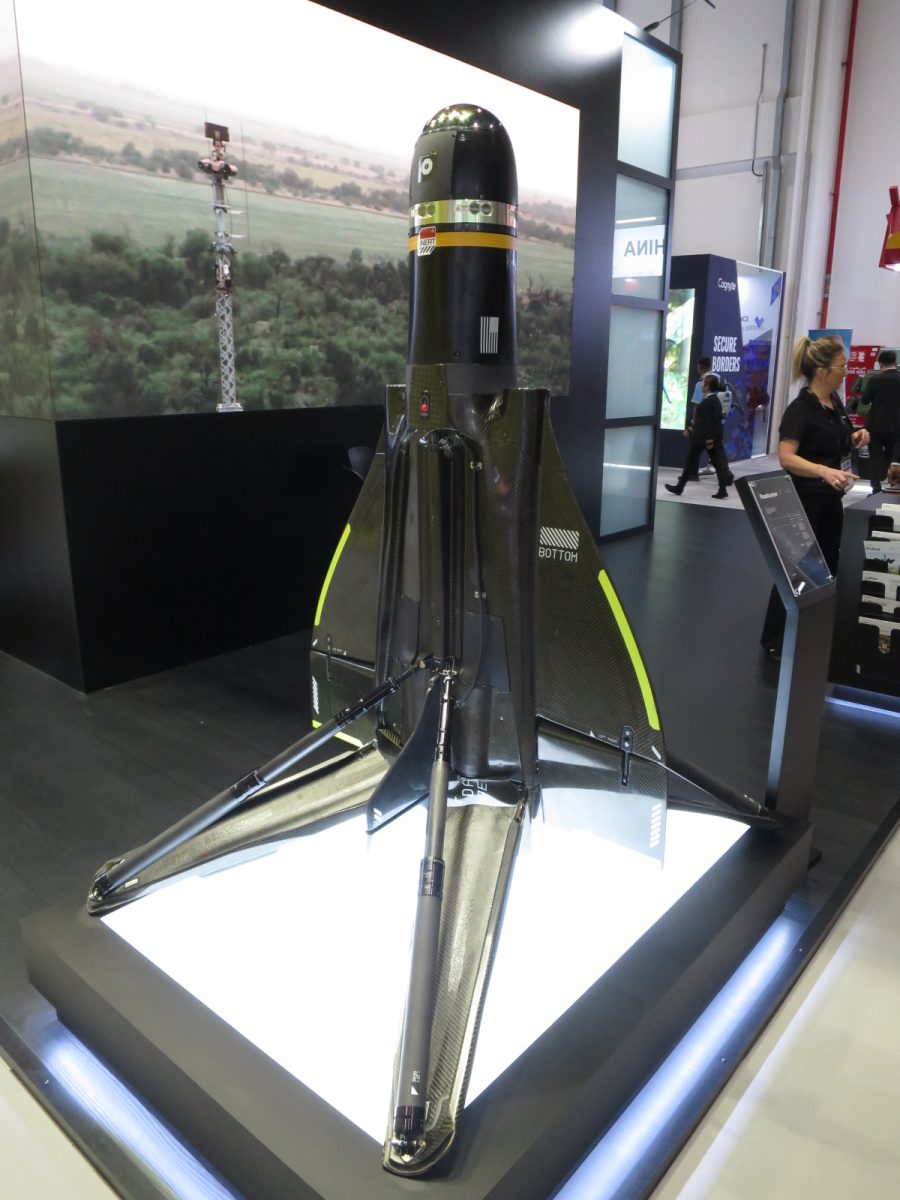ARM Holdings PLC reported its first post-IPO earnings report on Nov.8, beating sales expectations but forecasting disappointing revenues.
The Ticker previously reported that Arm’s successful IPO debut caused other companies to signal interest in going public amid a recovering IPO market.
Shares of Arm would slowly fall back to their original target price of $51 per share, equating to a 17.8% decrease following the successful IPO in September.
Arm’s post-IPO earnings showcased a 28% year-over-year increase in revenues equating to a record-breaking $806 million, a 196% increase in net income losses amounting to $110 million, a 5% decline in its royalty revenues equivalent to $418 million and a 106% increase in licensing sales, totaling $388 million.
Additionally, Arm forecasted its current quarter’s earnings per share and revenue of $0.21 to $0.28 per share and $720 to $800 million, respectively falling below analysts’ expectations, causing the stock to fall 7% on Nov. 8.
“Following our successful IPO, Arm is off to an outstanding start as a public company with record revenue fueled by the success of our diversified business,” Rene Haas, CEO of Arm, wrote in a shareholder’s letter. “Licensing revenue was up 100% year-over-year as the demand for AI has kicked off increased investment across all end markets. Our royalty revenue benefited from market share gains in automotive and cloud computing as our latest technologies, such as Armv9, increased penetration across all markets where AI is driving the need for our unique combination of performance and power efficiency.”
Arm cited the uncertainty of some of its licensing deals and accounting rules for revenue recognition as one of the main reasons for its outlook. However, the company conveyed optimism that the semiconductor industry is recovering, allowing for more royalty revenue. Arm conceded it is still vulnerable to “changes in the external macroeconomic environment.”
Despite strong results, analysts pointed to Arm’s quarterly forecast and decline in royalty revenue due to a slowdown in Arm’s smartphone sales as a concern for the company’s growth story to diversify its business model.
“There are still questions about whether there is a sustainable growth narrative for this company,” Ben Bajarin, chief executive and principal analyst at Creative Strategies, told Reuters. “The quarter looked good, but the guidance didn’t look good — we don’t really understand what the customer cycle looks like.”
Haas expressed that Arm used to be a smartphone company, but its diversified business model combined with the demand for Arm’s power-efficient technology no longer makes it one, citing its presence in the artificial intelligence trend as something that will “drive great growth” over the next several years.
“You know, 99% of the world’s cell phones use some form of Arm technology, but it’s not going to be about cell phones in the future. We know that AI is such a huge part of this story, we know that data centers are a huge part of this story, and Arm has been trying to change its story; its been trying to say that it is diversifying, but it’s struggling there,” Charlie Wells, a Bloomberg report and editor said on an episode of Bloomberg Television. “And it seems like investors really still are honing in on the slump in cell phones and that is something I think is going to affect this company for a while.”








